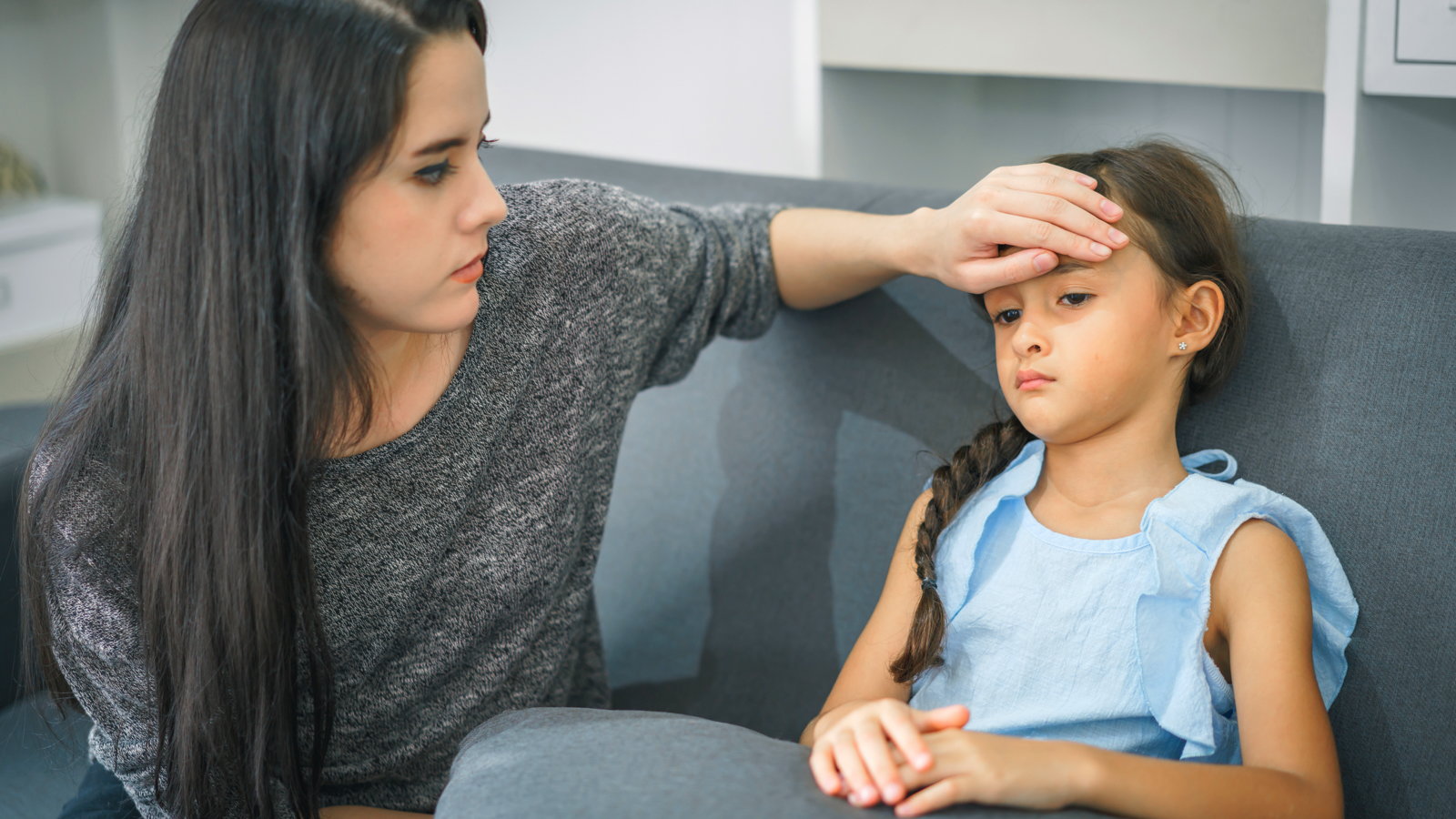
While sometimes you can pinpoint the culprit of your child's upset tummy (too much ice cream!), most of the time you won't know the exact cause. It may be acid reflux or a stomach infection caused by a virus or bacteria. It might also be something more benign, like constipation or gas.
Kids are at risk for a host of viruses and bacteria, mostly because they're not yet good at basic hygiene, such as washing their hands or covering their mouth when they cough or sneeze. Stomach bugs can quickly spread in school or daycare through play.
Bacterial Gastroenteritis
Bacterial gastroenteritis, or food poisoning, is inflammation of the stomach and intestines caused by bacteria. It can occur after eating foods at picnics, school cafeterias, social functions, or restaurants. This type of stomach and intestinal problem is usually caused by improper food handling or preparation.
Symptoms of bacterial gastroenteritis can include:
loss of appetite
nausea and vomiting
abdominal cramps and pain
bloody stools
Kids usually recover on their own from the most common types of bacterial gastroenteritis within a few days.

Viral Gastroenteritis
Kids are more likely to contract a stomach illness from viruses than bacteria. Viral gastroenteritis is an infection that can be caused by a variety of viruses that are transmitted via contaminated food or water. Often called the "stomach flu," it is not actually caused by the influenza viruses, so this is a misnomer.
Symptoms of viral gastroenteritis typically appear within four to 48 hours after contact with the contaminated food or water, and may include:
fever
abdominal pain
nausea and vomiting
diarrhea
chills, clammy skin or sweating
joint stiffness or muscle pain
Viral gastroenteritis generally resolves without treatment within two or three days.
How Parents Can Help Kids Deal with Stomach Infections
The best thing to do is to keep your child comfortable and well hydrated to avoid dehydration. Make sure your child gets plenty of rest.
If your child is vomiting, she will be losing fluids but may have a hard time keeping new fluids down. Try giving her a little bit at a time, starting with one or two tablespoons of fluid every five to 15 minutes. If that stays down, then slowly increase the amount.

Provide a variety of different liquids, but keep in mind that caffeine can worsen diarrhea, and sports beverages should not be used for younger children. Juice contains a lot of sugar and may sometimes also make diarrhea worse, so dilute it with an equal amount of water.
It's normal for kids who don't feel well to not want to eat much. If your child doesn't have an appetite, it's fine to let him go a day or two without eating very much, as long as he is drinking fluids.
Don't give kids over-the-counter medicines intended to stop or slow diarrhea, as these can be dangerous for little ones. Call your pediatrician if your child has:
blood or mucus in stools, or black stools
diarrhea with a fever above 100.4°F
confusion, lethargy
stomach pain that doesn't go away after a bowel movement
symptoms of dehydration (thirst, dizziness, light-headedness)
diarrhea that gets worse or does not get better in two days
GERD and Acid Reflux
When the muscle that normally shuts off the esophagus doesn't close properly, the harsh acidic contents of the stomach can wash back up into the esophagus and sometimes into the mouth. A more severe form of acid reflux is called gastroesophageal reflux disease (GERD), which can require medication.
Symptoms of GERD and acid reflux can include:
heartburn
gas and abdominal pain
frequent vomiting
persistent coughing
difficulty eating
Reflux can be triggered by certain foods, such as fatty fast foods, spicy foods, acidic fruits, chocolate, caffeine, or eating too much or too close to bedtime. Try to keep track of what your child eats and when you observe a reaction, and then make adjustments. Over-the-counter antacids can help provide immediate relief for kids ages two and up. If the symptoms are chronic, or you suspect your child has GERD, talk to your pediatrician.
